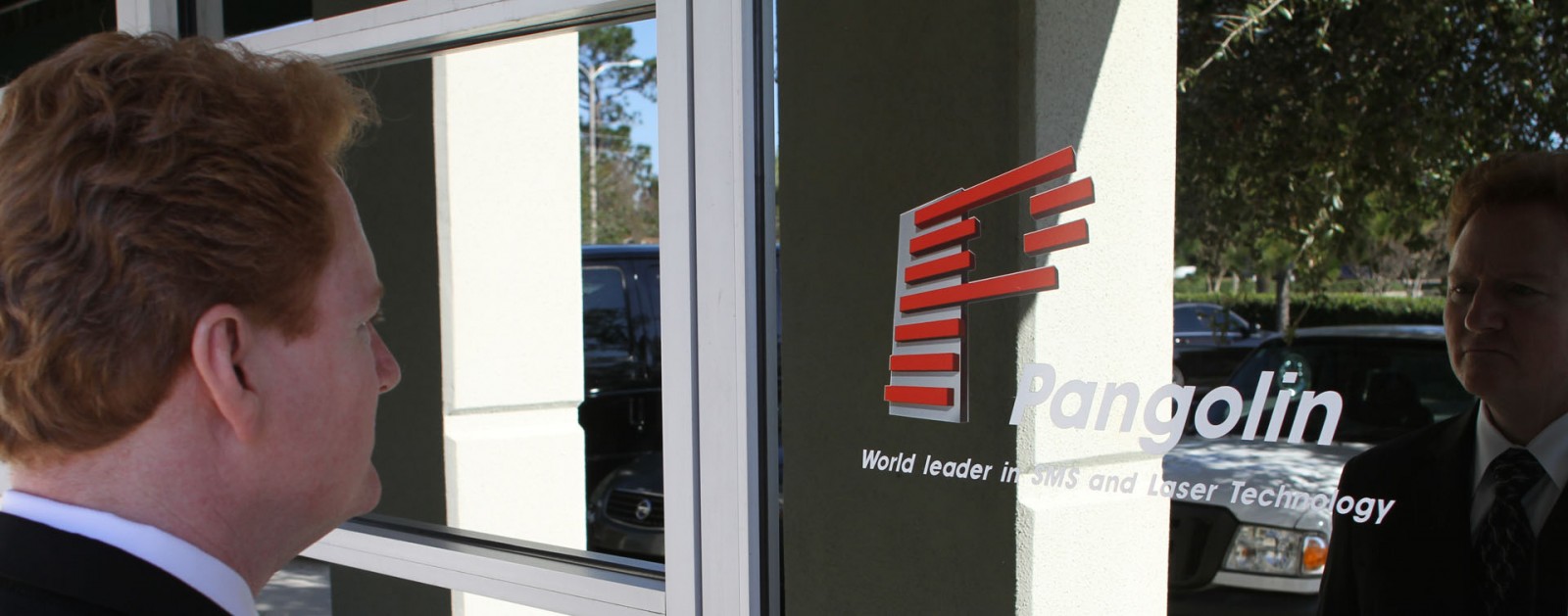William R. Benner Jr. – President and CTO
Benner developed an early passion for moving laser beams, starting with the construction of his own moving coil, open-loop galvanometers made while in high school. Later, while in college, Benner wrote his theses on driving open-loop galvanometers to achieve closed-loop performance. After leaving college, Benner concentrated his scanner-related efforts in the area of servo drivers for the galvos made by well-known companies including General Scanning and Cambridge Technology. Examples of Benner’s servos include the Accelerator 124, which received a First Place ILDA Award for New Technology in 1993, and the Turbo Track series, which received a First Place Brewster award in 1995. In addition to these, Benner also developed other servo drivers for a variety of industrial clients, as well as consulting on the design of both servos and scanners for the well-known galvo manufacturers.
In 1998, unsatisfied with the performance of the conventional galvanometers that were on the market, Benner began exploring alternative scanner construction techniques, including Piezoelectric resonant scanners as well as moving magnet designs. The earliest phase of these developments were manufactured by an Illinois-based aerospace motor company, and found their way into “Laser Direct Structuring” machines, which make circuits by burning copper off of circuit boards using a laser. This design work that began in 1998 eventually culminated in founding the ScannerMAX division of Pangolin, whose first product was the “VRAD” series of actuators and “Compact” series of scanners, which have been granted numerous patents in the USA, Germany and China.
Benner’s unique VRAD magnetic design (also used in the Compact 506 scanner) allows for the construction of a very low-cost, compact, high-torque actuator that does not generate much heat during operation – highly-desirable traits in many applications. However, the VRAD design has the drawback of added actuator inductance. For moderate scanning speeds, the additional inductance is not a problem, but at very high scanning speeds the inductance can be a performance-limiting factor.
For that reason, Benner continued to develop alternative scanner construction techniques, and this work culminated in the development of the patented “X3” magnetic circuit used in the ScannerMAX Saturn series of scanners. The X3 magnetic circuit delivers torque at the same rate of inductance of conventional galvanometers, while having around 1/3 the coil resistance. This dramatically reduces heat generated during scanning, while also keeping inductance low. The X3 magnetic circuit, used along with ScannerMAX uniquely “stronger” rotor allows Saturn scanners to achieve the highest peak- and RMS- performance of any small-beam-moving motor.
In May of 2016, Benner published the book LASER SCANNERS: Technologies and Applications. The book details all kinds of laser scanners including electro-optic, acousto-optic, polygonal, resonant and galvanometric types, and how these laser scanners might be used to create new products. The book quickly rose to reach #1 on Amazon.com in the Physics categories of Engineering, Light and Optics.
Although ScannerMAX scanners and actuators have become instant favourites in the fields of laser projection, 3D printing and self-driving cars, Benner is not resting on his laurels. Benner has completed developments in the field of even lower-cost galvanometers (“ARC Scanners”) for consumer and automotive fields, as well as the development of very high speed Z-axis focusing and “Beam Brush” devices for medical imaging and laser projection applications.
Benner’s personal website with links to his books, podcast interviews, videos, and a list of more than 50 granted patents can be found at www.WilliamBenner.com.
If you’ve got a challenging beam-moving or beam-shaping problem, Benner would love to hear from you!


